
Exercise post-bariatric surgery is vital to achieving sustainable, long-term health. As your body begins to adapt to the changes following surgery, incorporating movement into your routine will support weight management, improve strength and enhance your overall health and wellbeing. However, it can often feel overwhelming when figuring out when and how to start, as well as knowing what exercise is safe to participate in. Understanding the right approach to exercise post-bariatric surgery can help build confidence, prevent injury and maximise the benefits of your new lifestyle. It is important to note that each patient is different, which means that exercise prescription post-surgery may vary.
Always consult with your surgeon for post-operative care or an exercise physiologist for a plan that is tailored to your specific health needs.
Everyone’s journey after bariatric surgery is unique – that includes how and when you should begin exercising. Factors such as previous injuries, chronic conditions, reduced energy intake from dietary changes and past exercise habits can all impact your approach to movement. Because of this, it’s important to listen to your body, start slowly and adjust based on how you feel.
One high-risk factor to take into consideration when starting exercise post-bariatric surgery is intra-abdominal pressure, which refers to the pressure within your abdominal cavity. Certain exercises that involve straining or breath-holding can increase this pressure, potentially leading to discomfort or complications. To reduce this risk:
If you have any concerns about exercise post-bariatric surgery, or are unsure of where to start, it’s always best to seek guidance from your surgeon or exercise physiologist , who can help to tailor an approach that suits your needs.
Recovery is the priority post-surgery and movement plays an important role in that process. Exercise should begin gradually, focusing on breath work, mobility and light walking to support circulation and prevent stiffness.
For a full breakdown of post-surgery exercises, click below to download our exercise guide. Always consult your healthcare team if you’re unsure about any movement.
As you begin to move further into your post-surgery recovery, you can begin to incorporate bariatric-friendly exercise to help rebuild your strength and support long-term mobility. At this stage in your post-surgery journey, movements should remain controlled and low impact, with a focus on gradual progression and consistency rather than intensity.
While seated, begin to tilt your ear toward your shoulder to gently stretch the neck. Hold briefly with opposite arm, then repeat on the other side.
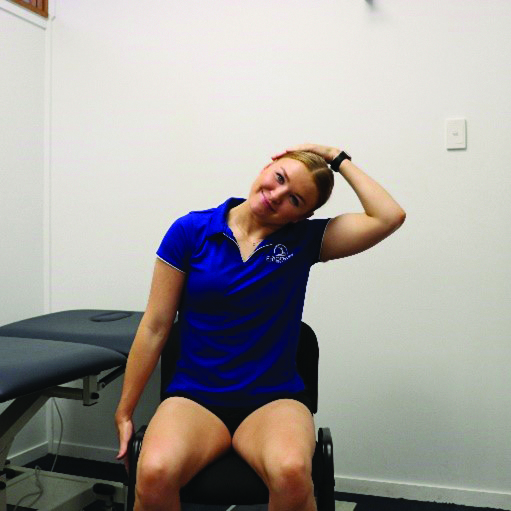
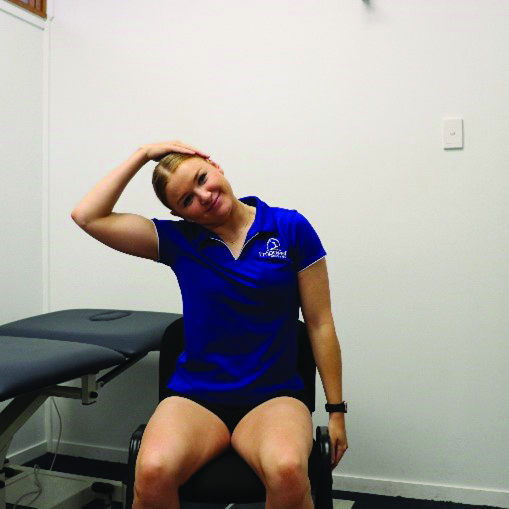
With relaxed shoulders, slowly lift them towards your ears, then roll them back in a smooth circular motion to release tension.
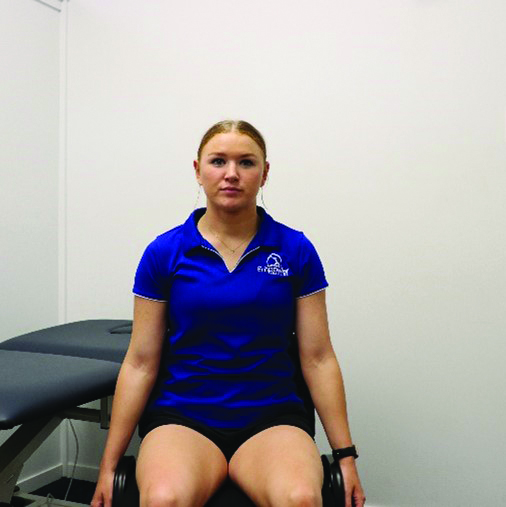
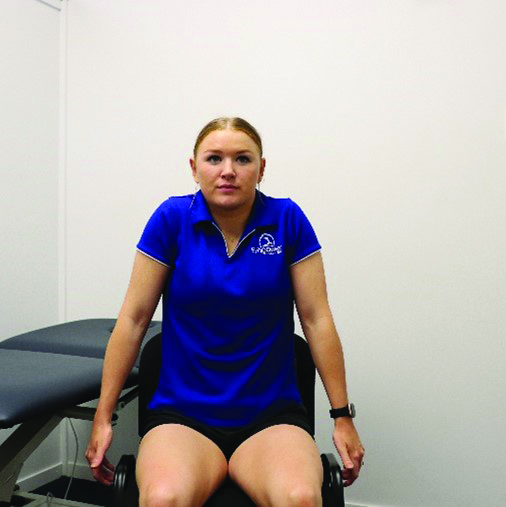
Sit with feet flat on the floor. Slowly straighten one leg to a 90 degree angle, hold for a moment, then lower it back down. Repeat with the other leg.


From a sturdy chair, stand up while keeping your back straight and knees aligned over your ankles, then slowly sit back down.
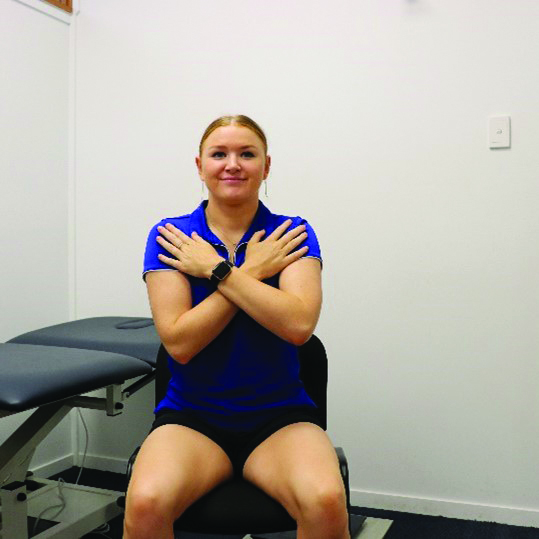
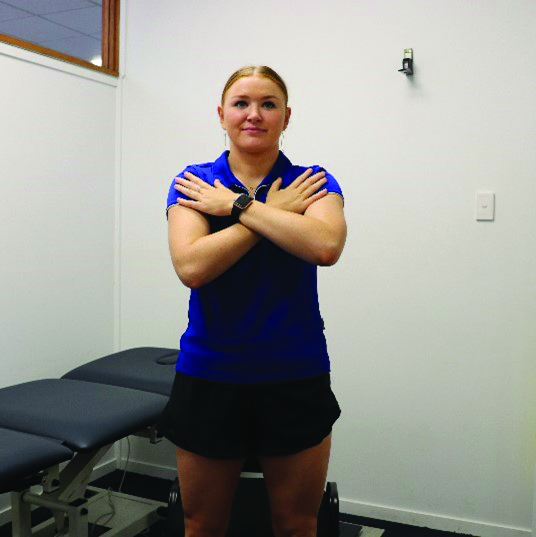
These movements are ideal for the early weeks after surgery, helping to build strength and regain confidence as you ease back into physical activity.
For a full list of recommended exercises post-bariatric surgery, download our exercise guide below.
Staying consistent with exercise post-bariatric surgery can feel challenging, especially as you adjust to a new routine. However, by making movement a natural part of your day, rather than a chore, you will not only be supporting your long-term health goals but you will also feel an increase in energy levels and confidence.
By aiming to set aside 20 minutes a day to practice these movements, exercise will become a sustainable and effortless part of your daily routine.